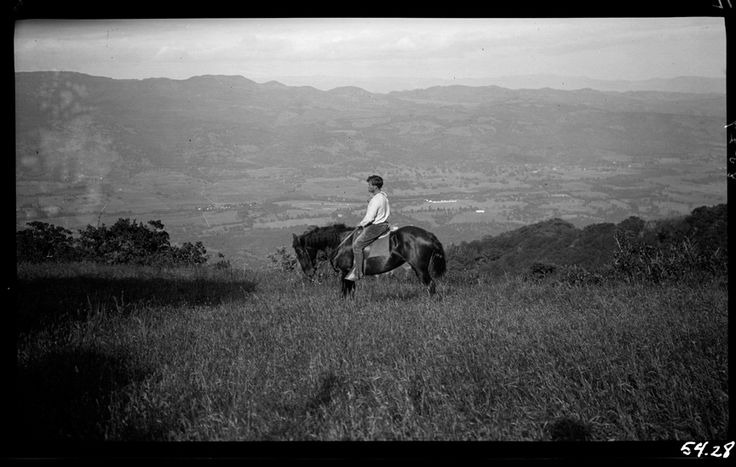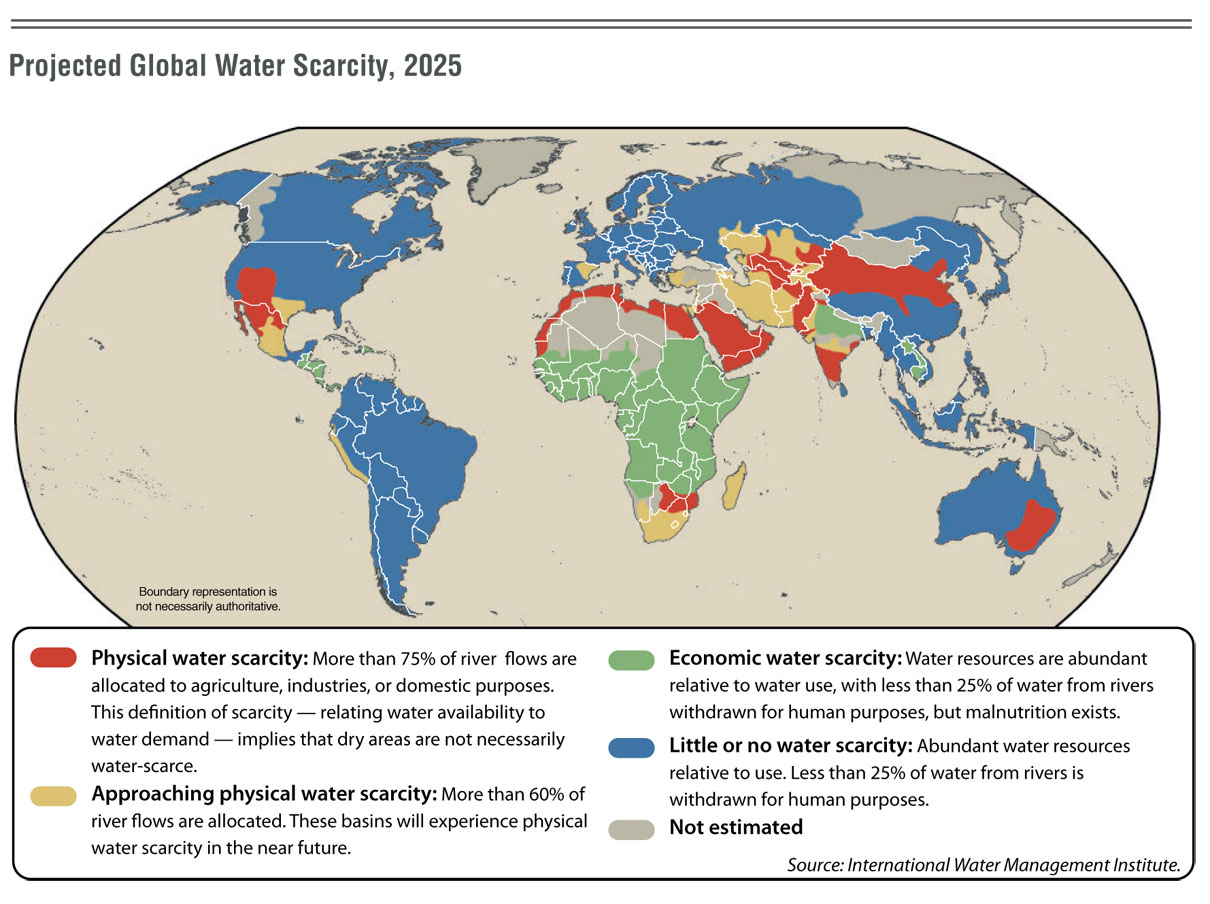Jeremiah 6:16 (NKJV)This is what the LORD says: "Stand at the crossroads and look; ask for the ancient paths, ask where the good way is, and walk in it, and you will find rest for your souls. But you said, 'We will not walk in it.'"
How often we stumble. And I'm not even speaking in a strictly Biblical sense. We let our friends down. We do not give our family the time they deserve. We don't give an honest effort in our pursuits. We prioritize money over time, and find when it's all over, it was the wrong choice. We seek things that will not fulfill us.
We distract and drown ourselves in technology and plans to the extent that if we came to a crossroads in life, we might not even be aware of it. We would blaze on past, never stopping to consider that there is an ancient path, let alone what it might hold. And it is all to our detriment. It is our loss.
It seems that we have forgotten how to be present, how to take it all in. Life can be simple. We simply choose not to allow it to be. God promises rest to us if we will only walk in these ancient paths. But we must ask. We must stand still. We must prioritize listening over speaking, for only then will we find direction.
Perhaps we don't even know what the ancient path would look like. Perhaps we are just aimless, though not deliberately so in this instance. Is an ancient path a craggy, twisted trail through the woods? Is it found in making a literal pilgrimage along a trail, such as the Camino de Santiago? Or is it more a matter of finding our purpose in life? Is it found by fulfilling some nebulous but unexplained "destiny"? Or is it simply listening to that still small voice that guides our thoughts and actions, if only we would heed its call.
Probably it's some combination of the above. It undoubtedly looks different to each person. What I suspect each ancient path has in common, though, is a commitment to truth. But what truth, exactly?
There are certain near-universal truths found among humanity. In general, most cultures hold that one human being should not kill another. Humanity's basic needs of water, food, and shelter do not vary across different groups. Studies have found that facial expressions are recognizable and understandable across cultures. We all collectively use languages to communicate, call one another by some identifying name, develop a system of management or governance, and engage in various forms of art.
Further, research shows that while values vary from individual to individual, relative prioritization of values within and across cultures displays a remarkable level of agreement. For instance, most cultures give "honesty and other prosocial values" a high degree of importance. Meanwhile, "wealth and other power values" are given a lower degree of importance. These findings, while remarkable in demonstrating the agreement across cultures, are what we might better call common sense. Or values that your grandparents would teach you out of the wisdom of their age.
It goes back to the fundamental notion that at the end of our lives, we tend to think back to the good times shared with others rather than sit and count our money or think of the perceived power that we used to have. We instead ruminate on what it means to be human. What it means to have lived a good life. A life full of love and gratitude and relationships. That is what is to be found on the ancient paths. And we all receive the call to walk in them, to find rest. The question is, will we?






